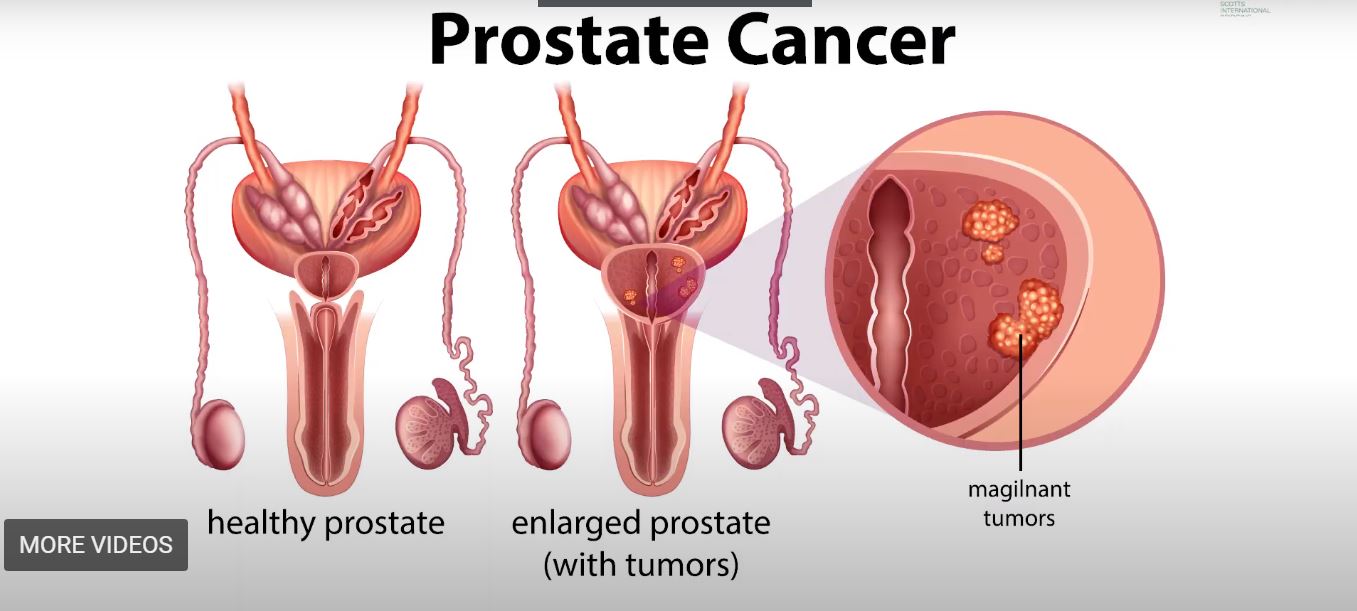How Common is Prostate Cancer Amongst Men – Part 2

In this follow-up series of Benign Prostrate Enlargement, we follow-up with Dr. Ho Siew Hong, Senior Consultant Urologist from Cornerstone Asia Health, specialising in prostrate and kidney cancer, robotic and laparoscopy surgery to discuss about prostrate cancer, one of the most common cancer among men. There is no obvious cause for the disease, however those with family history are in the high risk group; so there is a possibility of genetic linkage. Early stage prostate cancer has no signs or symptoms, so it is advisable for this group of people to start their health screening early in life. Once it has reached an advanced stage whereby the patient may experience weight and appetite loss, or pain in the bones; it may be difficult to seek a cure. Detection during a normal health check is a simple process of taking a blood test called PSA (Prostate Specific Antigen), available in almost all laboratories in the world. If there is suspicion of disease, the patient may be asked to have an magnetic resonance imaging (MRI) or ultrasound, followed by a biopsy if necessary. Another test called PSMA (prostate-specific membrane antigen) may also be used to detect location of spread, as it is able to detect even small amounts of cancer cells present in other parts of the body. If the cancer is confined to the prostate, it is still in the curative stage. At this point, Robotic Surgery may be recommended to remove the entire diseased prostate to enable the best outcome.


